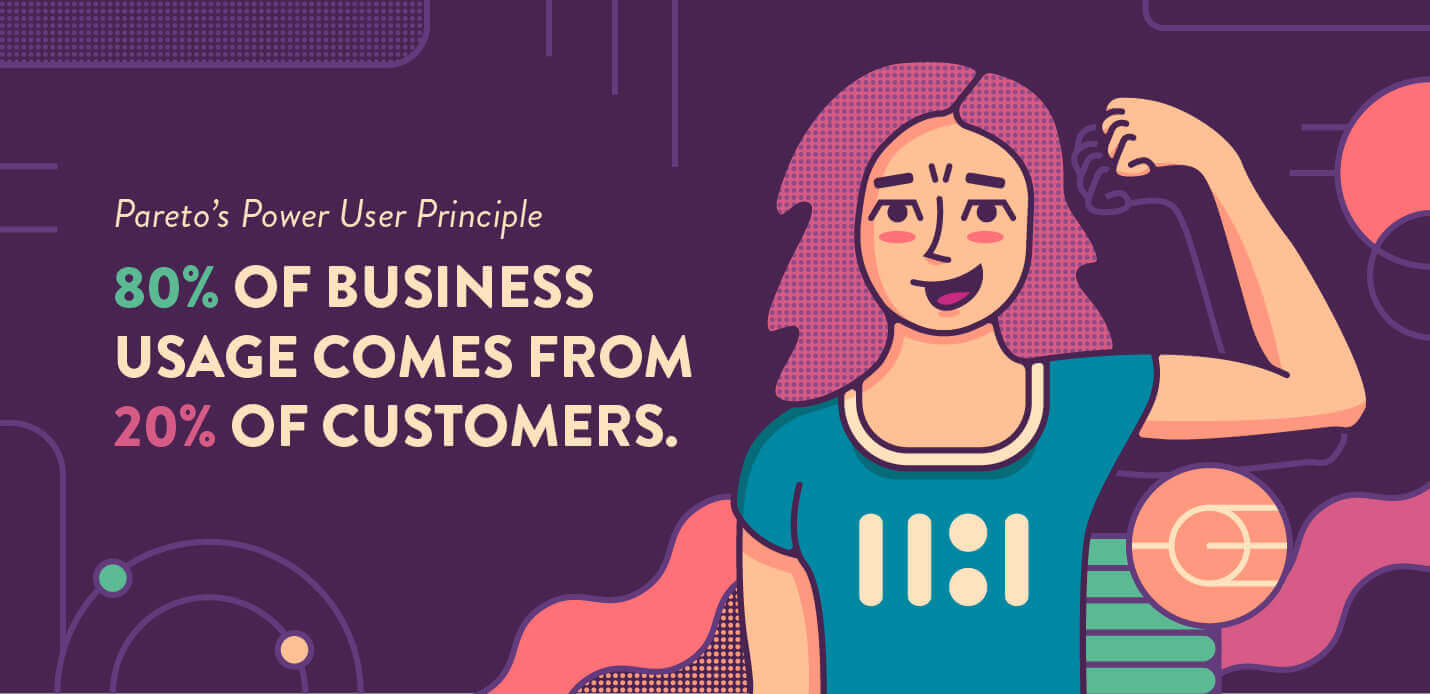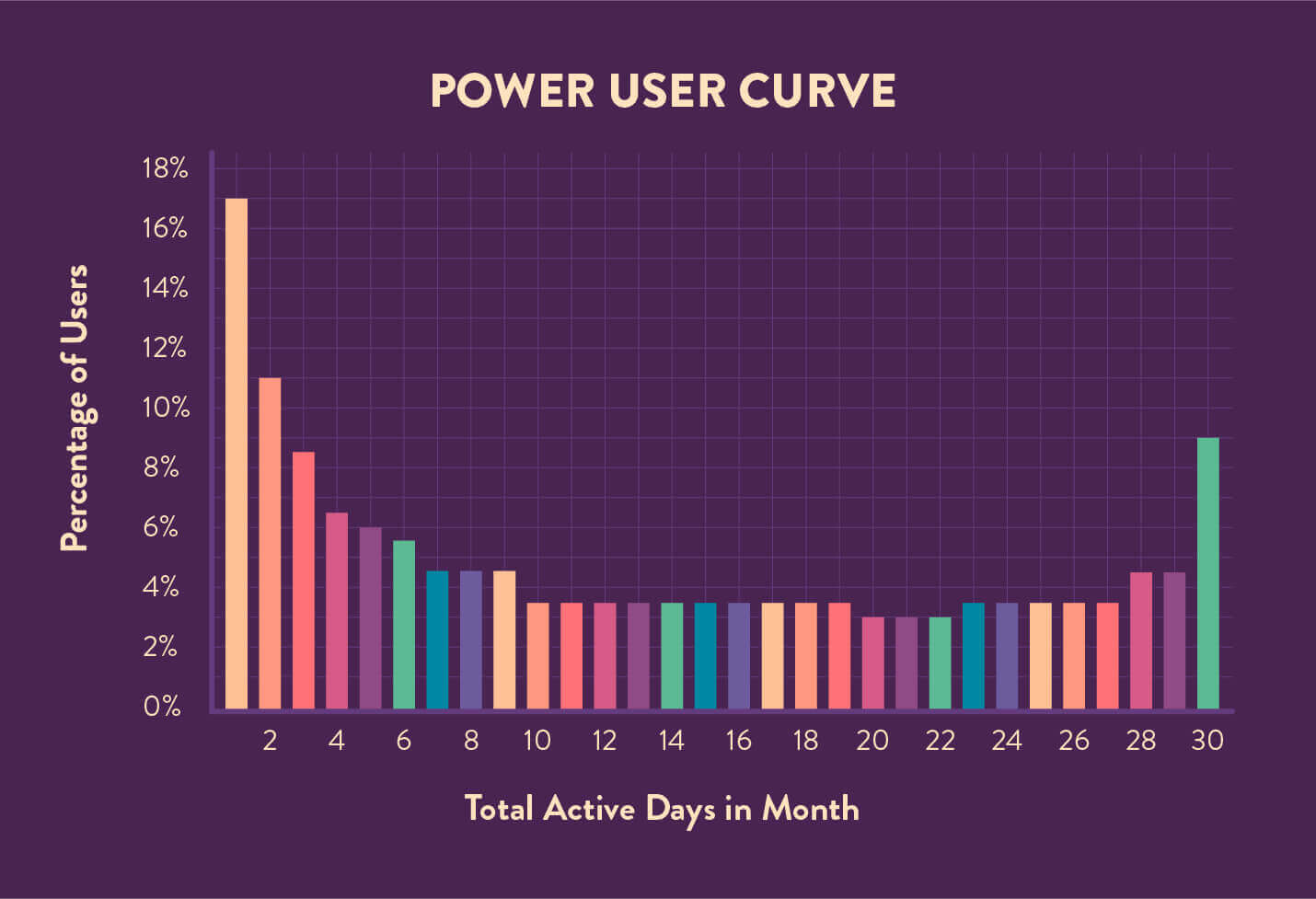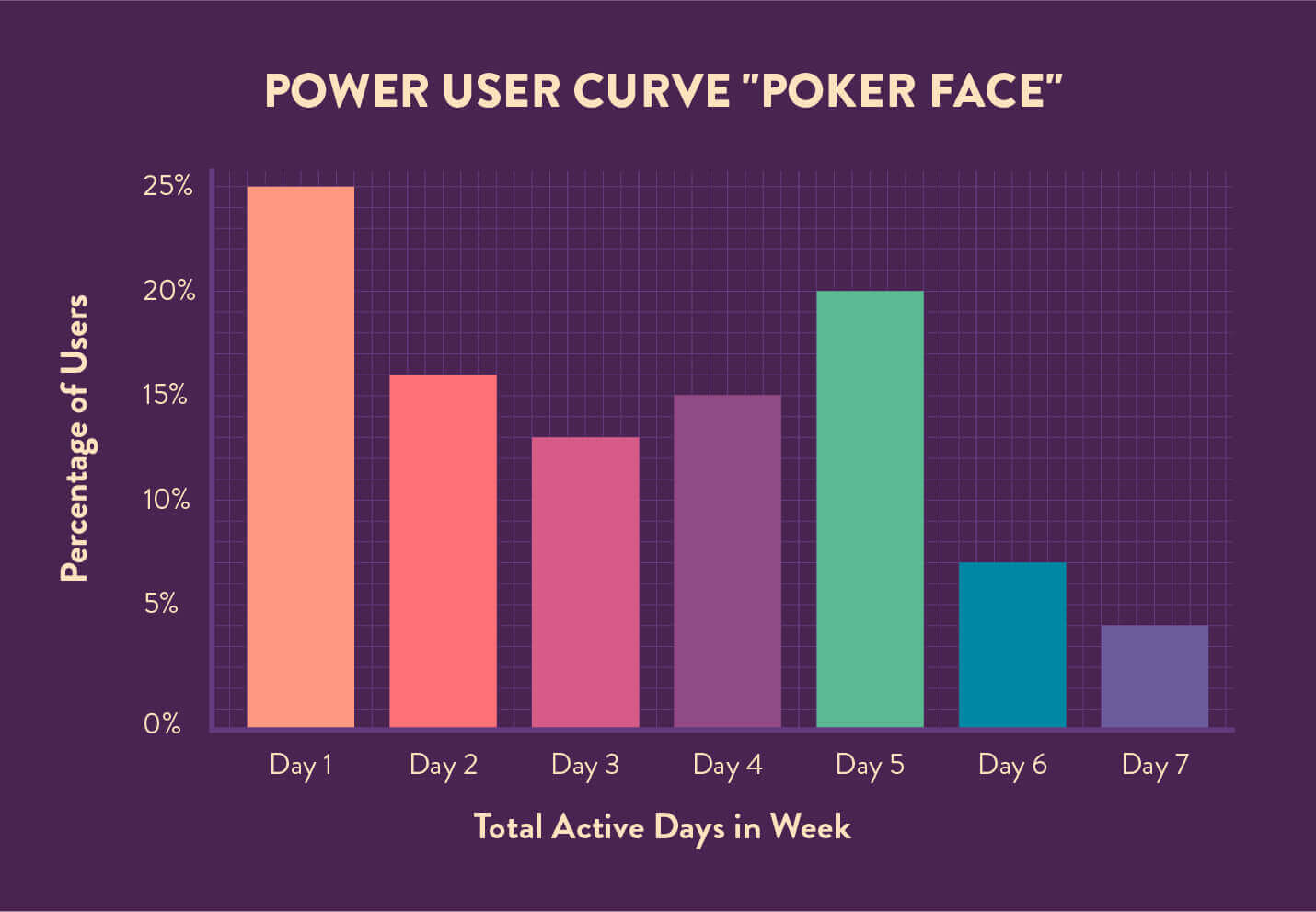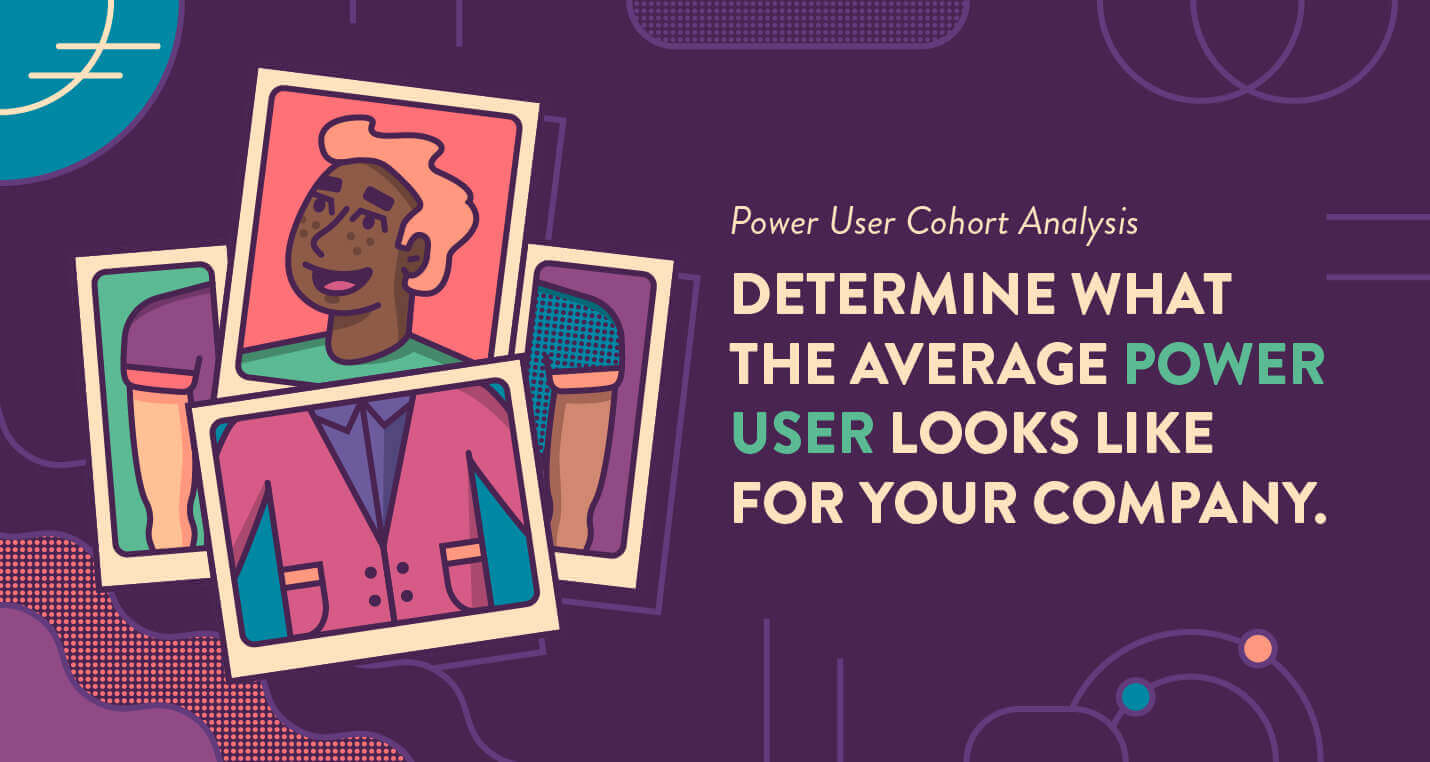Learn how you can Unlock Limitless Customer Lifetime Value with CleverTap’s All-in-One Customer Engagement Platform.

Customers are your lifeblood. Knowing who they are and what keeps them engaged are important pieces of your business puzzle.
Understanding user engagement is critical, but just keeping track of basic metrics isn’t enough anymore. Your app’s stickiness (daily active users divided by monthly active users to measure engagement) doesn’t give you the full picture you really need.
Enter the power user — the hard-working customer that can make or break your business. They’re the ones who can’t live without your product and are critical to analyzing and defining your overall user engagement patterns.
The term “power user” refers to an individual whose skills with, and use of, a product or technology far surpass that of the average user. Power users are the all-star customers of a company’s success: they’re the most engaged, the most likely to give great feedback, the most profitable in terms of customer lifetime value, and they contribute invaluable data to your business.
Power users are not unique to a particular industry: ridesharing, ecommerce, social media, and other industries all have their own breed of power user.
Let’s look at Uber, for example. An Uber power user rides multiple times a week — for more than just that ride to the airport when their roommate can’t (or won’t) take them. Uber is their go-to transportation resource and it shows in how frequently they use the service.
To better understand the impact of power users, Pareto’s Principle can help. It states that 80% of business usage comes from 20% of users. With Uber, Pareto’s Principle explains that 20% of the app’s customer base is responsible for 80% of the rides Uber is putting on the road.1
That’s a lot of Ubering for a relatively small group of riders.
Paying close attention to the 20% that’s responsible for 80% of your business is key to understanding and utilizing user engagement.
A Power User Curve is your go-to tool for understanding your monthly active users (MAUs). It’s often known as the “L30,” so named by Facebook’s growth team.2
It’s a histogram that tracks user engagement by the number of days they actively engage in a given month. It gives you a better look at your customer engagement than app stickiness: you can analyze day-by-day statistics, customer variability (i.e. who’s a power user and who’s not), short- and long-term trends, and variations among different user actions.
This goes beyond just showing you how much activity users expend: this helps you understand the type of user they are, and thus, recognize your power users.
The 30-day Power User Curve doesn’t work for every business though and isn’t a one-size-fits-all sort of tool. Thankfully there’s a variation.
For B2B products that rely heavily on data from your typical Monday to Friday work week, the 7-day Power User Curve (commonly referred to as “L7”) is an important version of the power user curve. This is most relevant for products that operate on work-related productivity.
Think about Slack, the popular chat tool for internal business communications: notifications snooze automatically on this app during non-work hours. The basic model of the product revolves around the notion that its users won’t be engaged 24/7, so the L7 is a better fit than the L30 here.
Customization is key for both users and businesses — and the power user curve can be crafted to your specific needs and unique business information.
If your power user curve is happy (and knows it), it will smile — the jury’s still out on whether it’ll clap its hands, though.
When your users are engaged and return frequently (if not daily), your power user curve will exhibit a “smile” of sorts: higher concentration on the left and right of the curve.
Higher concentration on the ends and lower concentration in the middle denotes a high number of single-day users, a lower- to mid-range level of occasional users, and a high concentration of daily users (these are your power users). Single-day users are pretty common even with the stickiest products, and even though they don’t qualify as power users, they’re still an important part of your business.
A crooked smile or checkmark-like appearance with a heavy skew to the right is your key indicator of a large power user population.
While a classic smile shape is good, a right-leaning crooked smile is best. The best way to achieve that crooked smile is to increase engagement for the long term. Utilizing tools like push notifications, email marketing, and other tactics like referral campaigns helps this lean over time.
Place your bets and get your poker face ready.
Certain businesses won’t see a crooked smile by the very nature of their industry, as we’ve touched on.
Going back to our B2B example from earlier, products with engagement on a work-related, Monday to Friday schedule will tend to have more of a neutral curve than a smile (or a poker face, if you will).
In turn, a poker face can often indicate low engagement, but that’s not always a bad thing.
Typical with professional networking products (think LinkedIn), a negative curve can easily appear despite a healthy business — think of the opposite of the right-skewed smile. This shows you where monetization can be a key player.
Incorporating strategic monetization into a business model that isn’t reliant on daily usage can help businesses like this get the most out of limited engagement. Understand when and where to invest to get the most engagement based on the recency, frequency, and monetary value of customer visits.
Don’t let a poker face or negative power user curve intimidate you — get your cards in order and understand user engagement so you can go all-in on the royal flush for you and your customers.
As your business grows, so should the number of active users. In turn, your number of power users should also increase.
Depending on the nature, location, and industry of your company, you’ll want to conduct a cohort analysis to identify trends to help understand your growth.
Let’s go back to Uber: they’ll want to conduct cohort analyses based on geographic location to better understand long-term growth and network effects. Year over year, an increase in DAUs compared to MAUs by location will reflect growth in power users and thus allow business tactics to be altered accordingly.
Systematic yearly growth is important to the overall success of your business, just as power users are critical to your everyday operations. The more growth you have, the more power users you’ll have — everybody’s happy.
Just look at that smile!
Ultimately, it’s like any healthy relationship: the more you understand about your partner (in this case, users) the more you can cater to their needs, thus benefiting your business in the long-term.
Your power users are the ones that will keep coming back and bringing friends and family along for the ride. Understanding what keeps them coming back will help you craft your business as you change and grow to accommodate their needs as users.
On the other end of the spectrum (or smile, in this case), knowing what drives power users can help you understand how to engage the users that fall on the left end of the chart.
User retention is important at all levels of engagement, not just with power users.
Your power users hold a lot of…well, power.
Make sure you know how to harness it to best support them and your business. CleverTap can help enable you to engage your users with a powerful mobile marketing platform. Use our resources to help you get started today.

See how today’s top brands use CleverTap to drive long-term growth and retention